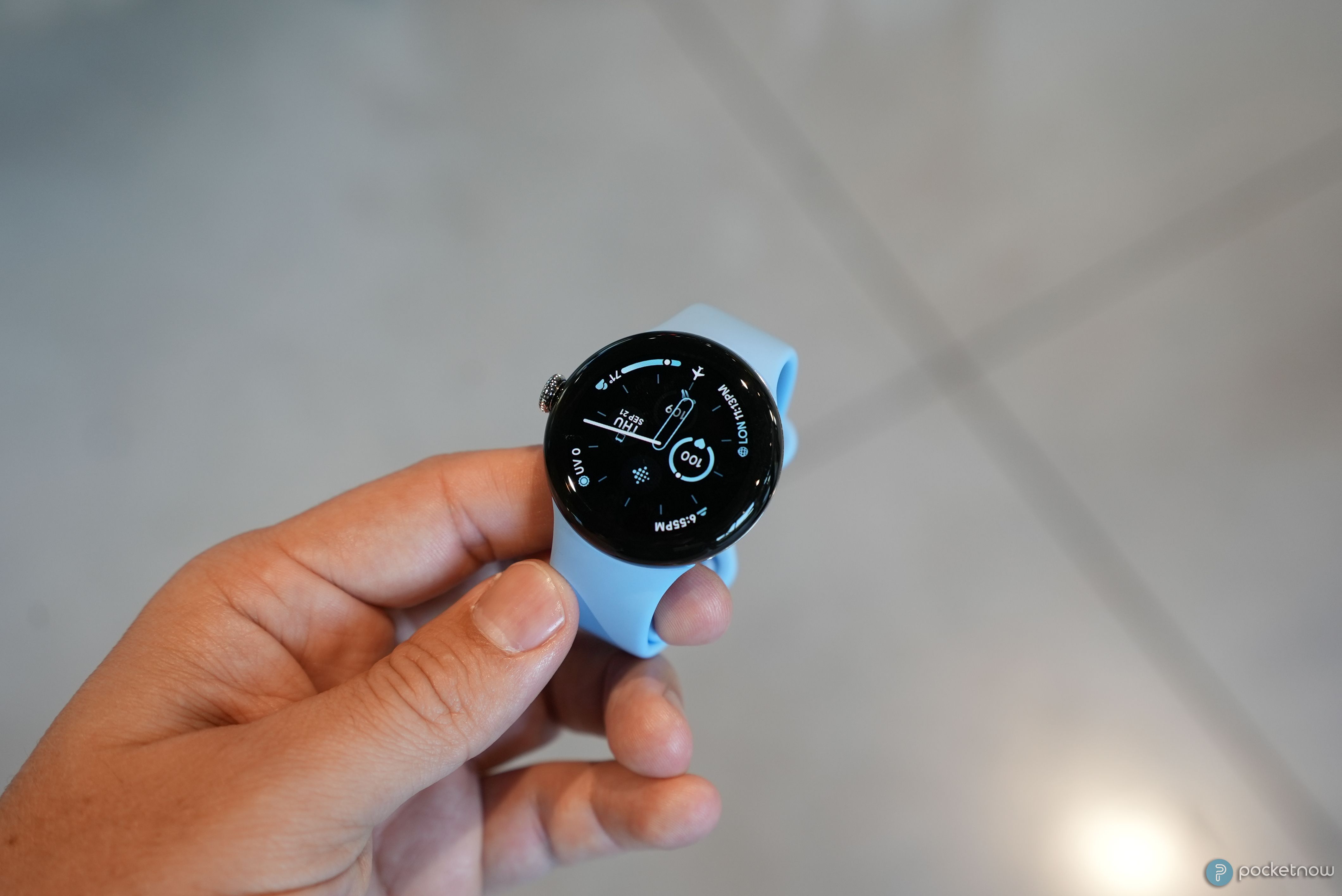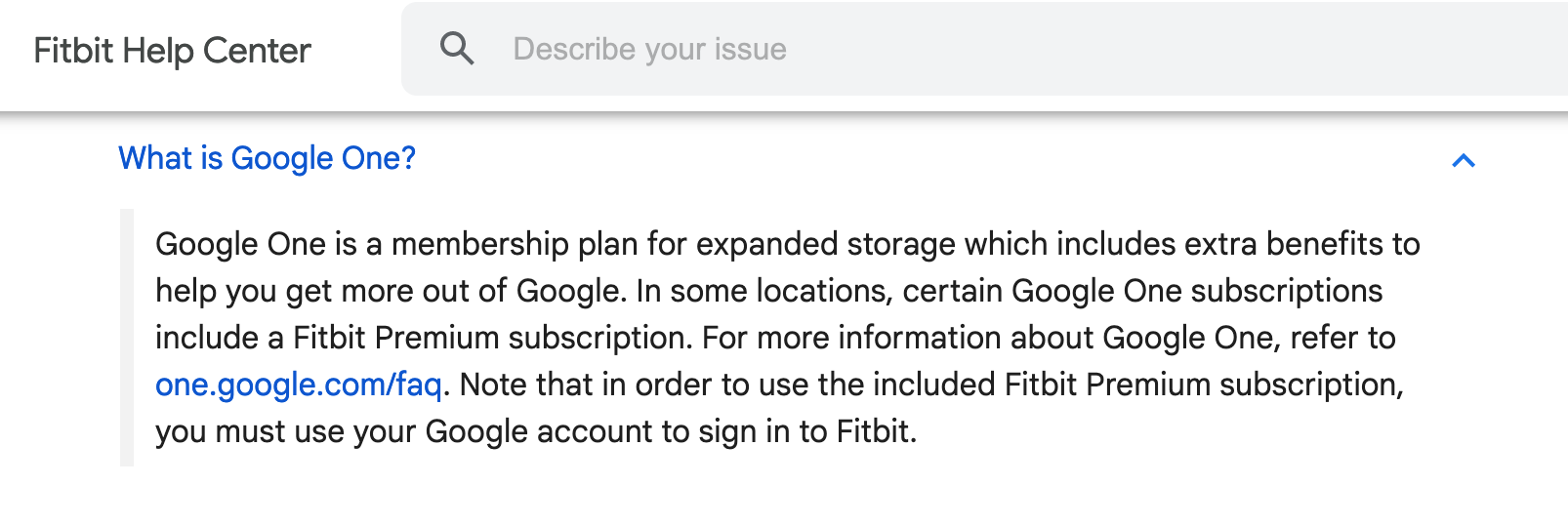Key Takeaways
- Google’s speculated new Pixel Watch may introduce a larger 45mm size to address concerns about the current small 41mm version.
- The fitness-oriented design of current Pixel Watch models may result in battery drain issues when using Wear OS features.
- Google might be working on incorporating Fitbit Premium features into the Pixel Watch to make it a preferred choice for Android users.
We have been hearing promising rumors about Google’s upcoming smartwatch, indicating that this new model could fix the aspects of current versions that have not been well-received.
One significant improvement will be the introduction of a larger 45mm variant, providing more space for improved internal components and a bigger battery capacity. The existing 41mm model is considered too small for users with larger hands, so offering a larger option addresses a major complaint about the Pixel Watch.
This potential change is quite exciting as it suggests that Google is attentive to customer feedback and willing to make necessary adjustments to satisfy its user base. However, addressing this issue is not the only challenge Google needs to overcome to establish the Pixel Watch 3 as a competitive option in the smartwatch market.
While the current Pixel Watch models are not lacking in quality, Google seemed to focus on creating fitness-centered smartwatches influenced by Fitbit’s offerings. This explains the compact design of the first and second-generation Pixel Watches. This approach has its benefits, providing users with top-notch fitness tracking sensors, Daily Readiness Score for workout assessment, and advanced sleep tracking features tailored for fitness enthusiasts.
Unfortunately, there are two issues with Fitbit features on the Pixel Watch
Google Pixel Watch 2, Jaime Rivera / Pocketnow
The first problem arises from Wear OS not being known for its battery efficiency, leading to rapid battery drain on the Pixel Watch and Pixel Watch 2 when used in regular smartwatch mode. Considering the battery issues when utilizing features like activity sensors and sleep tracking, it becomes evident that the Pixel Watch needs improvements in this area. Fitbit wearables, on the other hand, do not encounter such issues due to their non-Wear OS operating system, allowing for extended battery life.
The Pixel Watch remains the top fitness-focused Wear OS smartwatch available on the market.
The second challenge arises when wanting to access the various features provided by the Fitbit app, as these functionalities require a Fitbit Premium subscription priced at $10 per month or $80 for an annual subscription. Recent information suggests that Google plans to address this issue by integrating Fitbit Premium and Nest Aware into Google One Premium plans in the UK, potentially expanding this offering to other regions in the future.
Despite these challenges, the Pixel Watch maintains its position as the leading fitness-focused Wear OS smartwatch on the market. The hope remains that with a larger size, the Pixel Watch 3 will offer an extended battery life, making it the ideal smartwatch choice for Android users.










